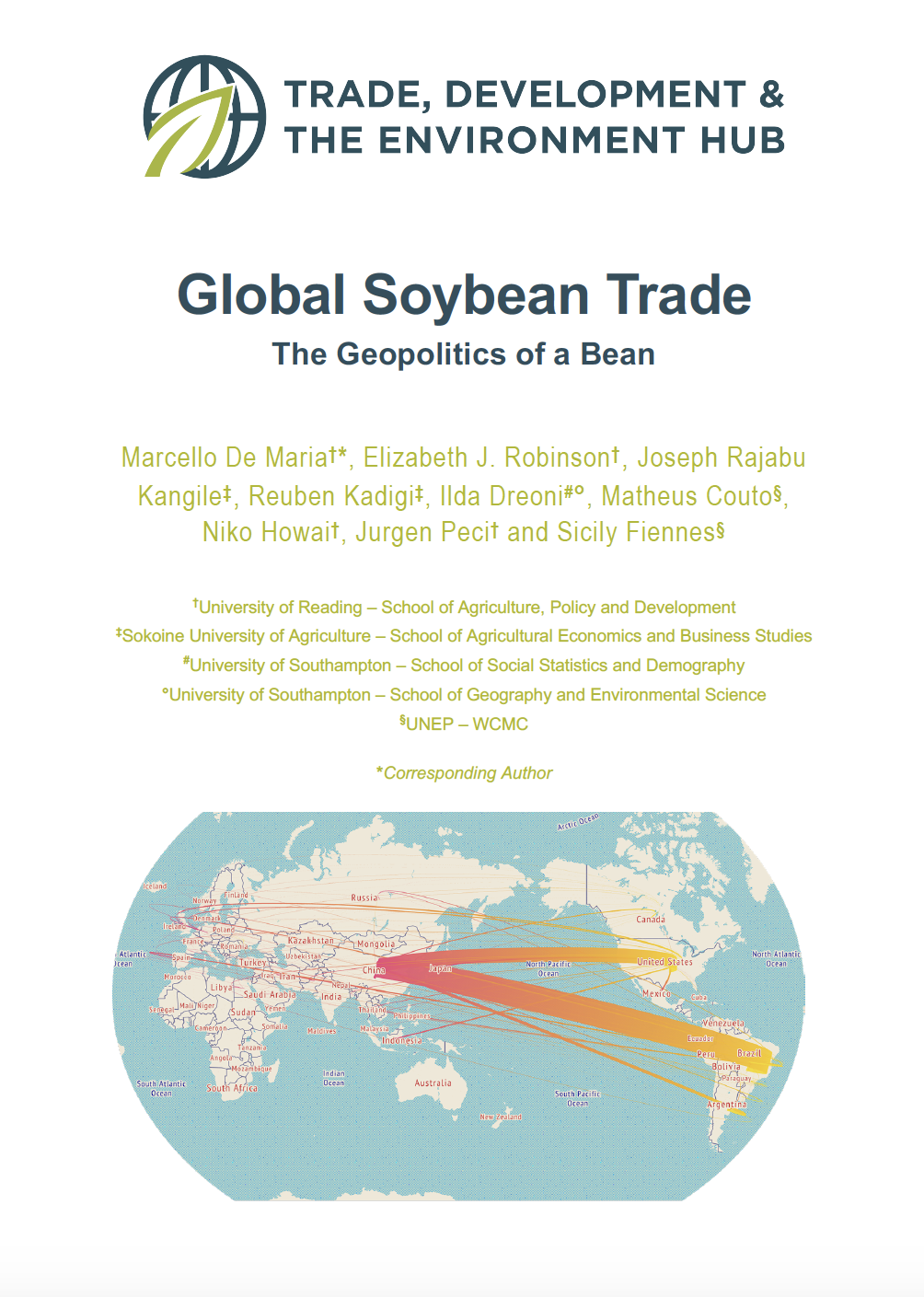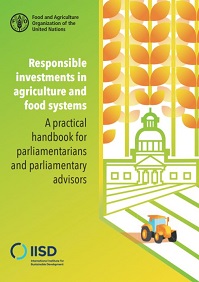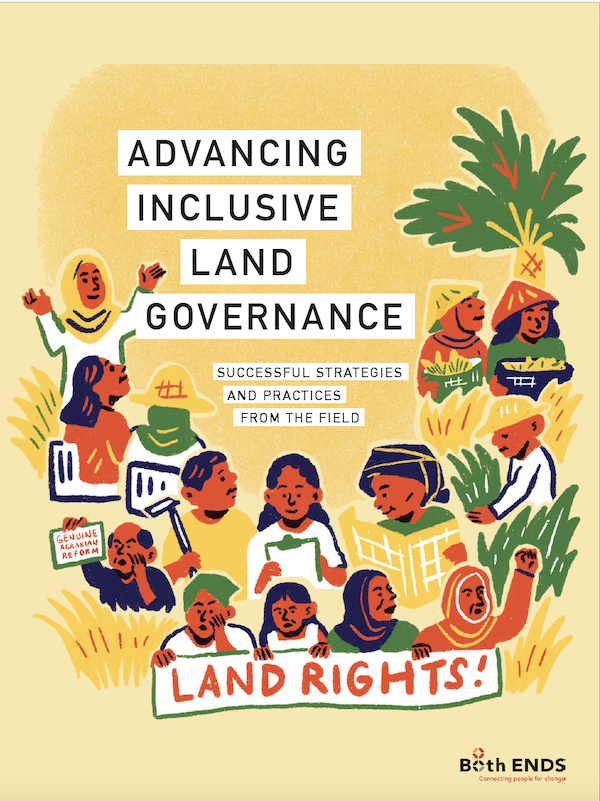Temporal Resource Continuity Increases Predator Abundance in a Metapopulation Model: Insights for Conservation and Biocontrol
The amount of habitat in a landscape is an important metric for evaluating the effects of land cover on biodiversity, yet it fails to capture complex temporal dimensions of resource availability that could be consequential for species population dynamics. Here, we use a spatially-explicit predator–prey metapopulation model to test the effect of different spatiotemporal resource patterns on insect predators and their prey. We examined population responses in model landscapes that varied in both the amount and temporal variability of basal vegetation.






